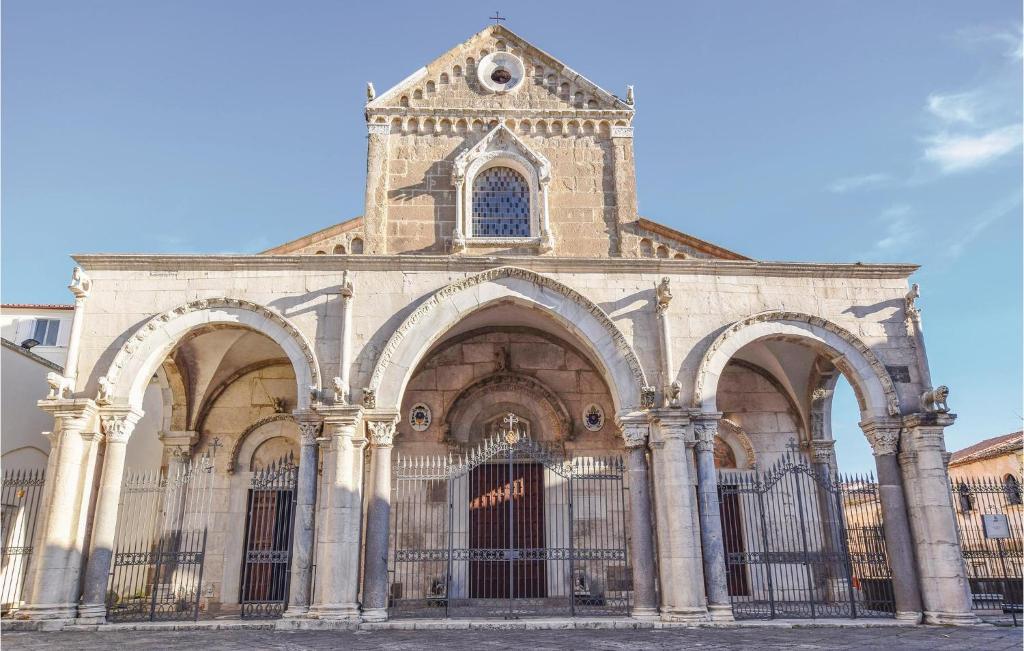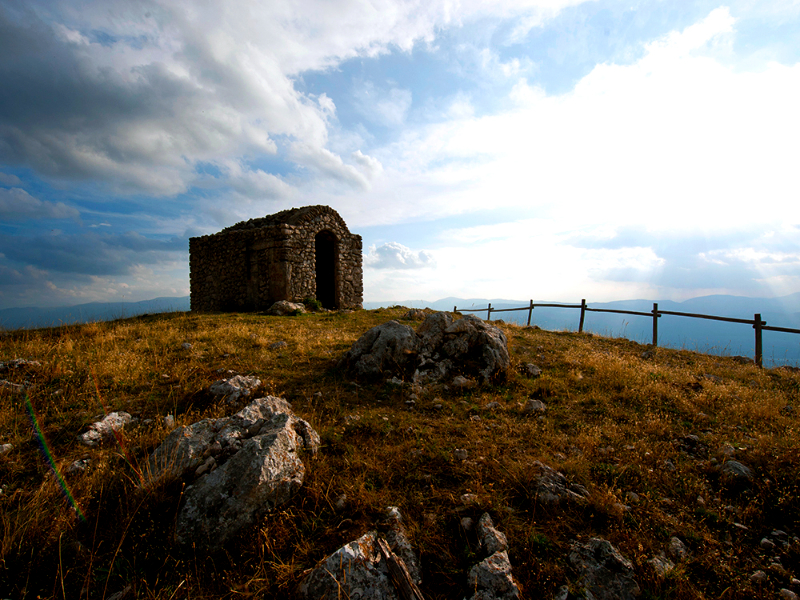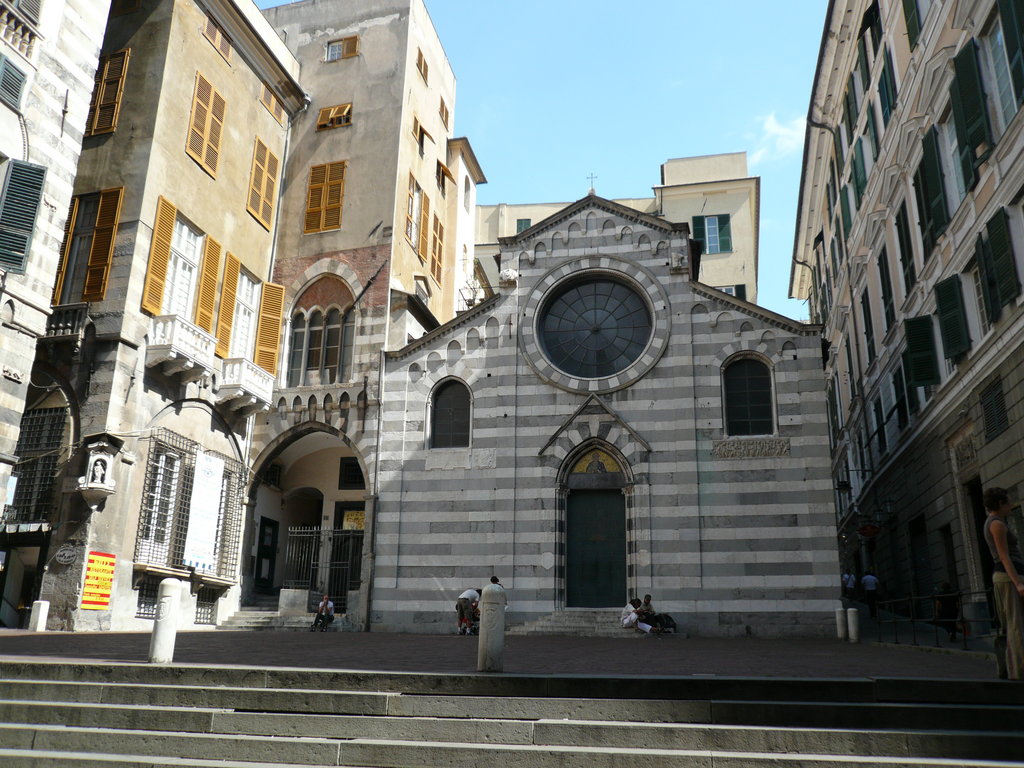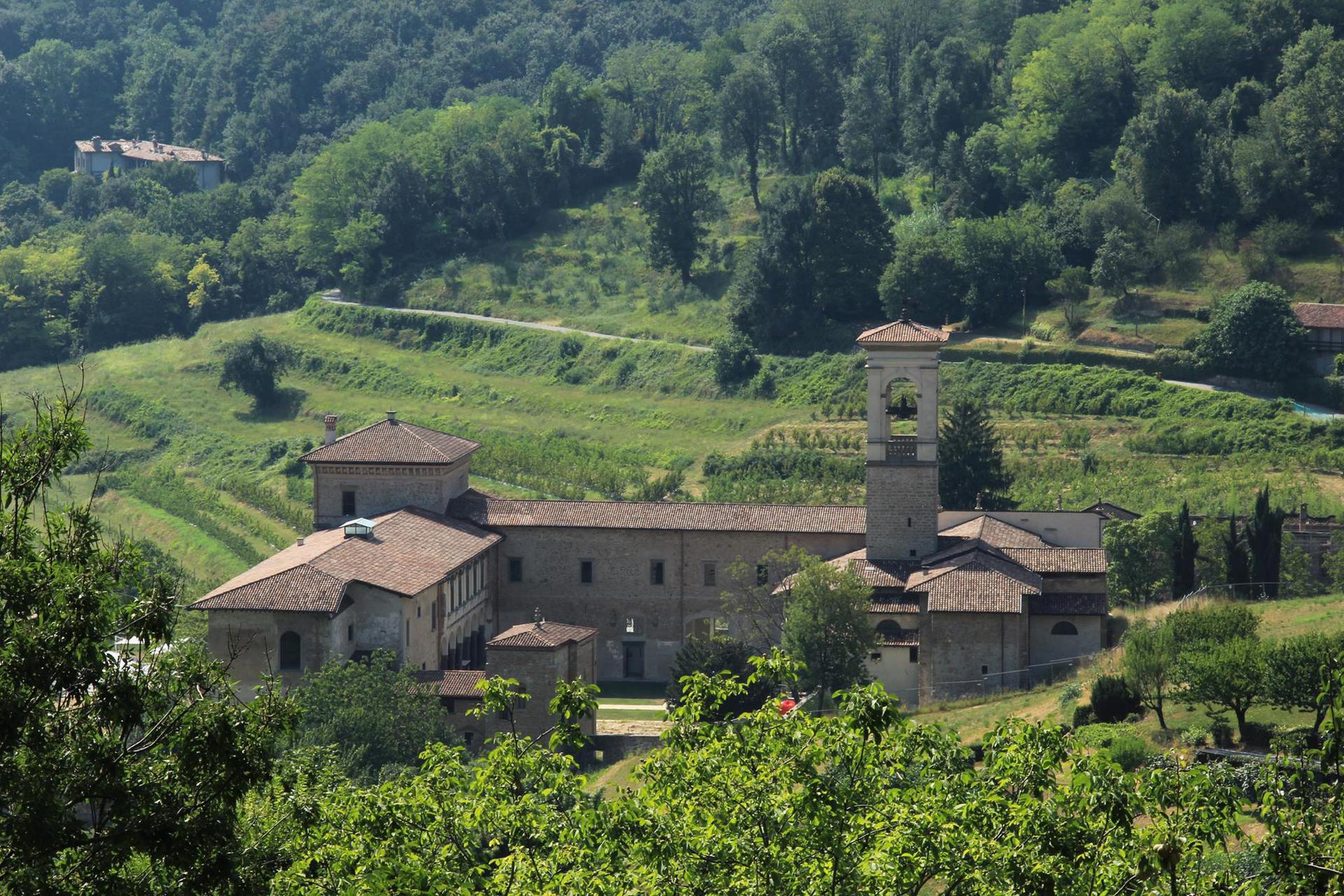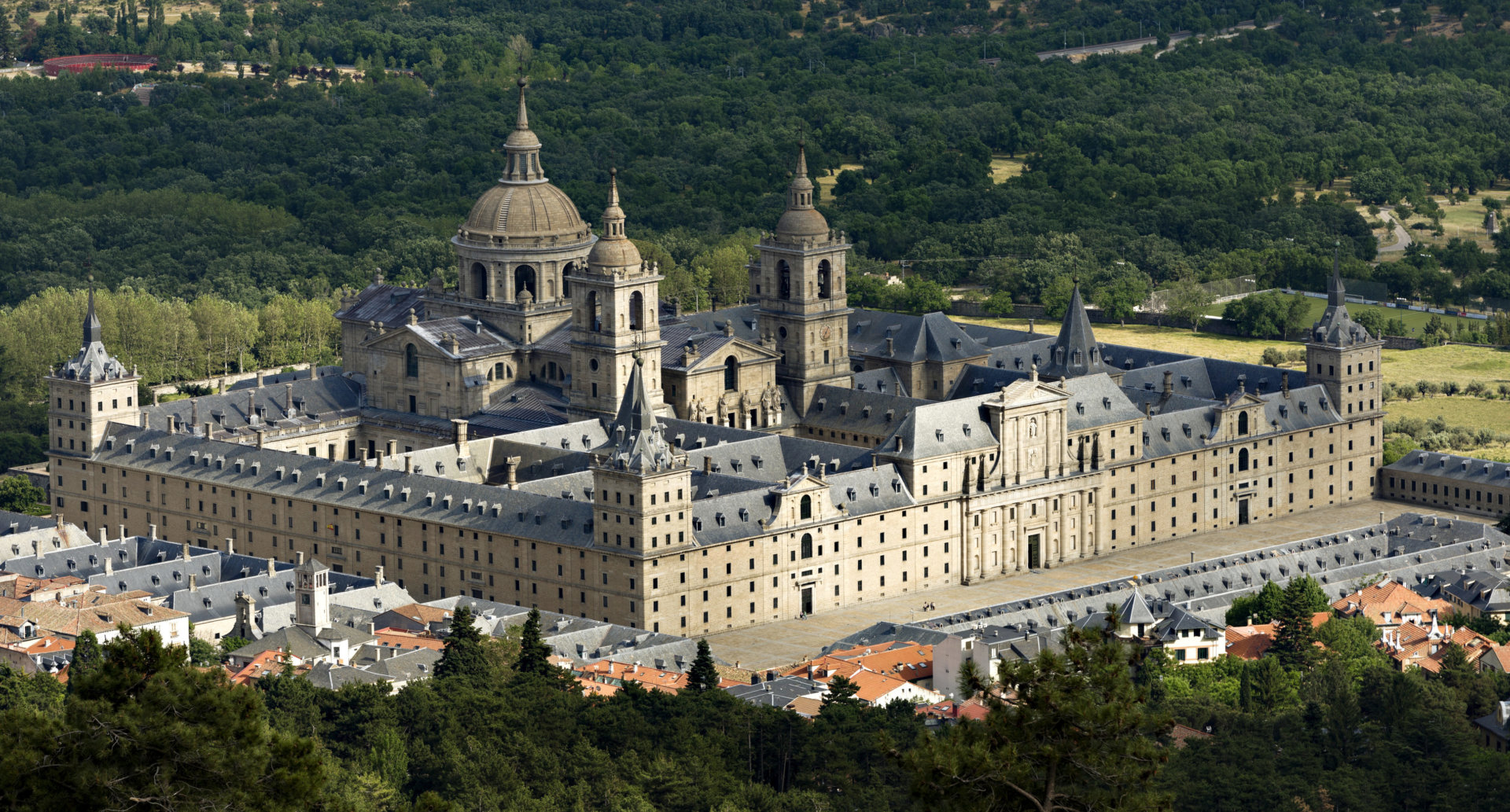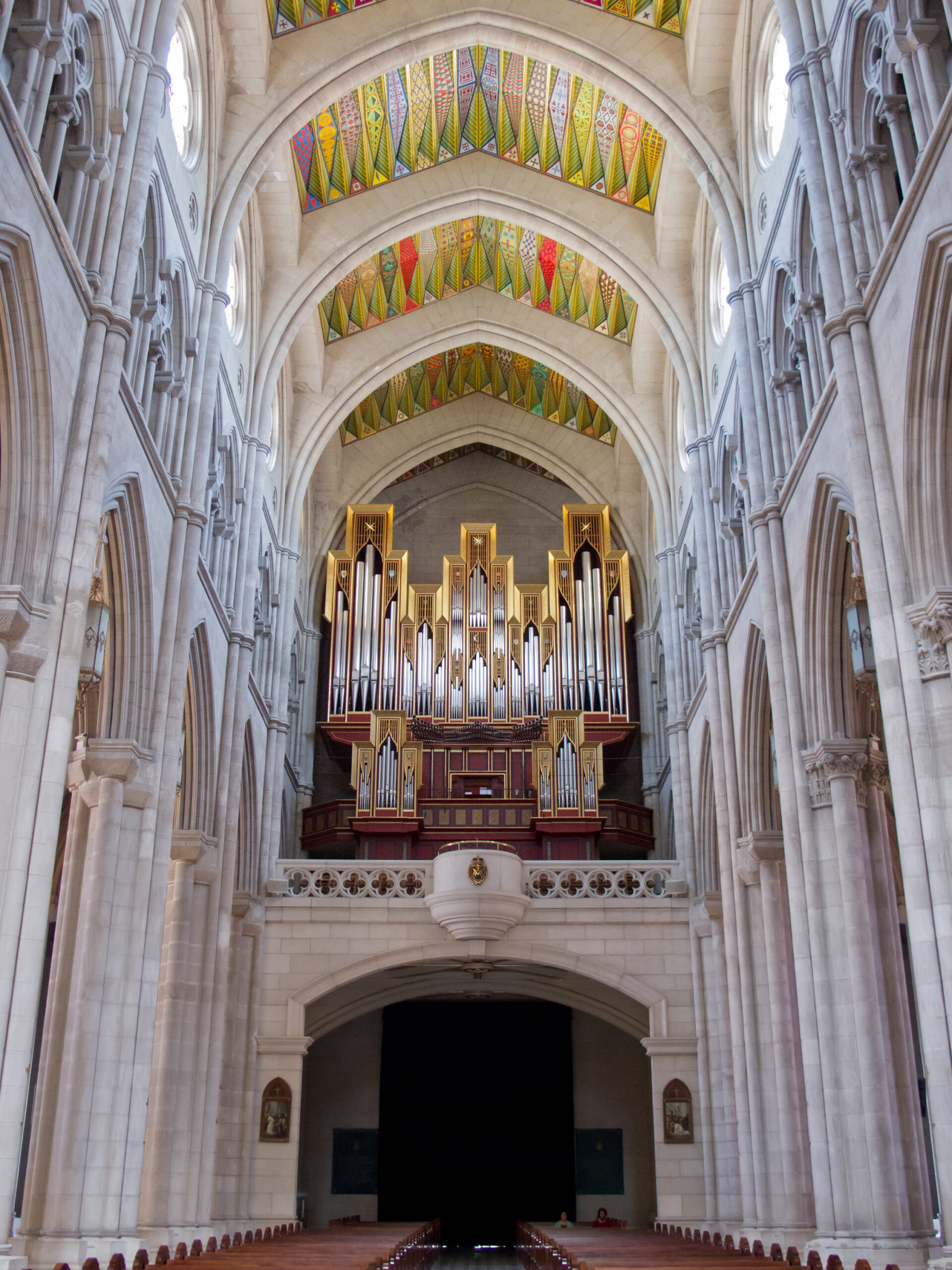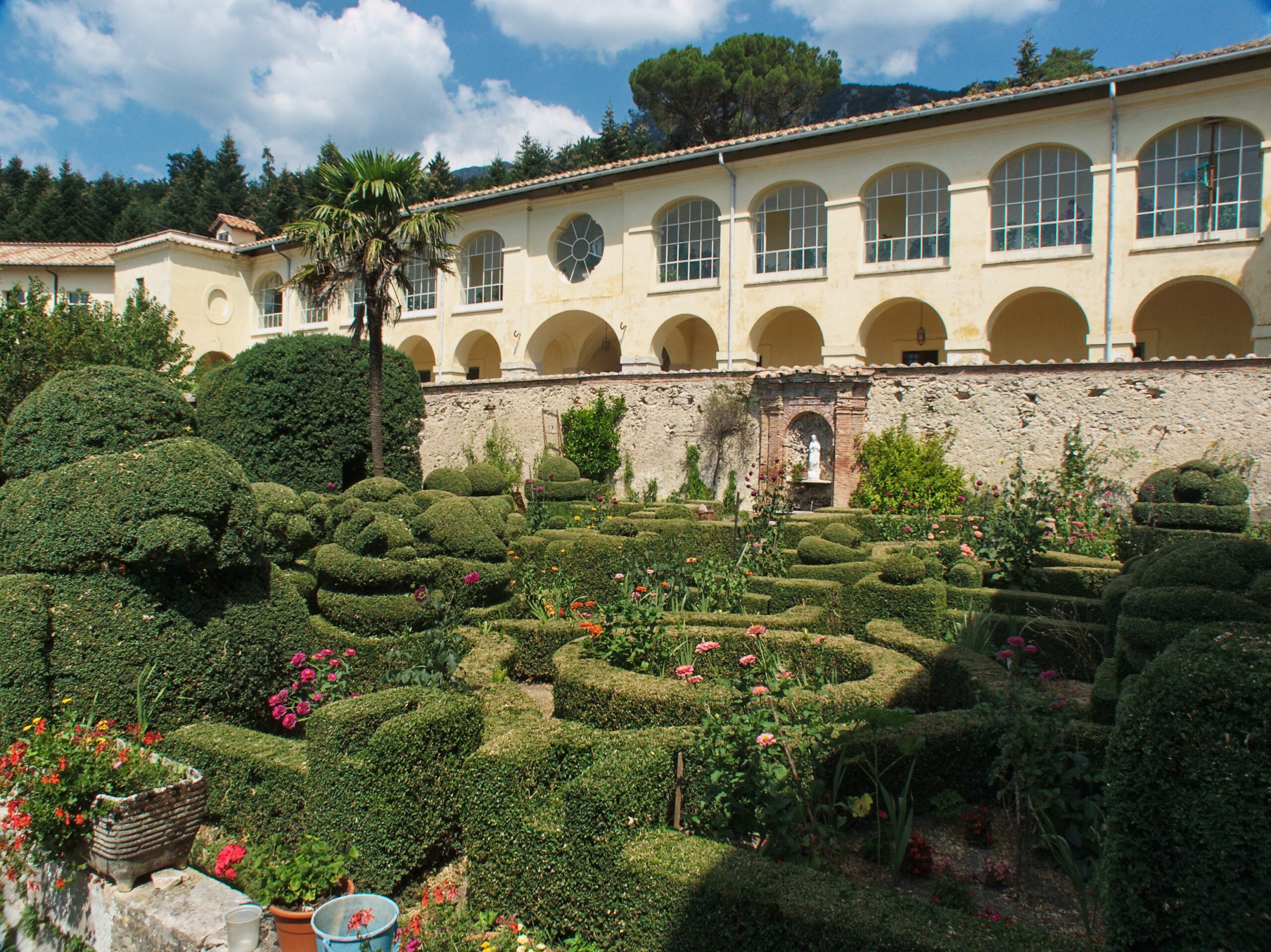Founded by bishop Giacomo, a monk from the abbey of Montecassino, the Cathedral of Saints Peter and Paul of Sessa Aurunca did not suffer the sad fate of its Cassinian "matrix", razed to the ground by the Americans in 1944.
The façade of the cathedral of Sessa Aurunca is almost completely covered by the portico that precedes the entrance to the sacred building. This structure is supported by Corinthian columns on which rest two round arches at the sides and a pointed arch in the middle. Some sculptures of animals adorn its lower part. The tympanum above the large window is bordered by columns supported by lions and is decorated with a bas-relief of the Agnus Dei. The portico The decoration of the portico concludes with bas-reliefs depicting episodes from the life of St. Peter and Genesis. The central door of the church, flanked by the two side doors, bears a bas-relief of Christ between Saints Peter and Paul in the lunette above it. To complete the figuration there are some episodes of the Old Testament.
The artistic heritage of this church is unique for several reasons: the ambo is incomparable and the amazing 12th century mosaics, which cover the floor on 152 square metres, are the only evidence in the world (apart from the few fragments in the Syrian churches) of the Alexandrian mosaic art that the Cassinese Benedictines loved so much. This Byzantine masterpiece also contains the meaning of oriental carpets, which distanced the faithful from the earth to elevate them to a transcendental dimension. The central part is composed of concentric rows surrounded by a ribbon that unites them as if it had neither beginning nor end, thus rendering the idea of infinity.
A great contribution to the sacred furnishings of the cathedral is due to the hand of the sculptor who also signed the prestigious candelabrum, a certain Pellegrino. The Stories of Jonah, the Speech of Nineveh and Jonah ejected from the whale that adorn it are certainly by the hand of this skilled artist. The Baroque renovation of the interior, although it has distorted the pre-existing Romanesque setting, however, has given the church a painting depicting the Communion of the Apostles, made by one of the most important Neapolitan masters of that period, or Luca Giordano.
